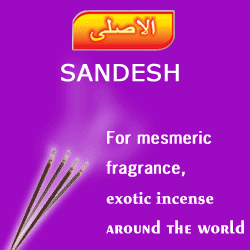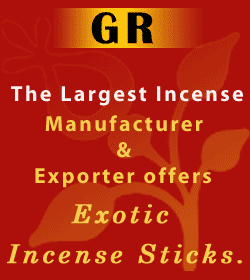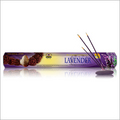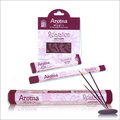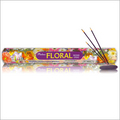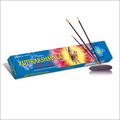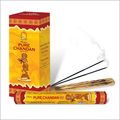|
|
| |
| Padma Perfumery Works Replenish your senses! |
| Rose Incense |
White Musk Incense |
Al Oudh Incense |
Sheik Al Arab Blue |
Jasmine Incense |
|
|
|
|
|
 |
 |
 |
 |
 |
|
|
|
Costus
Costus refers to a beautiful flowering plant and its rhizome, which grows on high altitudes in the Himalayas. It commercially prized from ancient times because of the curative and aromatic properties of its roots. It is widely cultivated in Kashmir, Himachal Pradesh and Tibet for its essential oil, which is a premier ingredient in making incense.
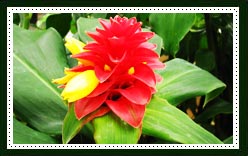
Origin
The costus tree ( Saussurea Lappa ) is a a tall, erect, stout herb from the family Zingiberaceae. The plant grows up to a height of 2 meters and have large sessile, oblong heart shaped leaves that are spirally arranged. It bears hairy fruits and blue, bluish-purple or almost black flowers that bloom from August to October. In India, these plants are cultivated in the rainy season at high altitudes that ranges from 2,500 to 4,000 metres above the sea level.
Types
There are two types of commercially available Costus
- Costus arabicus : The genus is related to the Ginger family, and the plants are grown for their ornamental flowers as well their aromatic roots.
- Saussurea lappa. This comes from Kashmir, and is the root referred to by the ancient incense and medical recipes. The smell is similar to a mixture between musk and violets.
Biological Specification
- Kingdom : Plantae
- Classification : Angiosperms, Eudicots, Asterids
- Order : Asterales
- Family : Asteraceae
- Tribe: Cynareae
- Genus : Saussurea
- Species : S. costus
Chemical Constituents
- Tigogenin
- Diosgenin
- a-amyrin stearate
- b-amyrin
- Lupeol
- Palmitates
Uses and Benefits
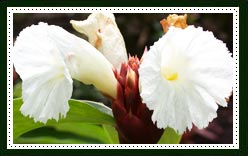
- It is known to lower and control blood sugar level.
- It is a tonic, aphrodisiac, antiseptic and a stimulant
- Enhances functioning of the stomach and promotes its metabolism
- Helps to clog blood
- Relaxes the involuntary muscle tissues and serves as a cardiac stimulant
- Relieves flatulence
- Prescribed to heal catarrhal matter and phlegm from the bronchial tubes
- Controlling attacks of bronchial asthma
- Increases the force of contraction and amplitude of the ventricles
- Prescribed against Cholera
- The dried and powdered root is the principal ingredient in any astringent and stimulant ointment.
Ethnobotanical uses
India
Antiseptic, Candida, Fungicide, Aphrodisiac, Fumigant, Hairblack, Perfume, Shampoo, Skin
China
Ache(Stomach), Anodyne , Asthma, Cancer, Carminative, Cholera, Circulation, Cough, Diarrhea, Digestive, Dysentery, Dyspepsia,Energy, Hypotens ion, Insecticide, Nausea, Spasm, Stimulant, Stomachic, Tonic, Tumor, Tumor(lung), Tympanitis, Viricide
Elsewhere
Asthma, Bronchitis, Carminative, Diuretic, Expectorant, Fumitory, Insecticide, Incense, Opiate, Preventa tive, Sedative, Stimulant.
|
|
|


